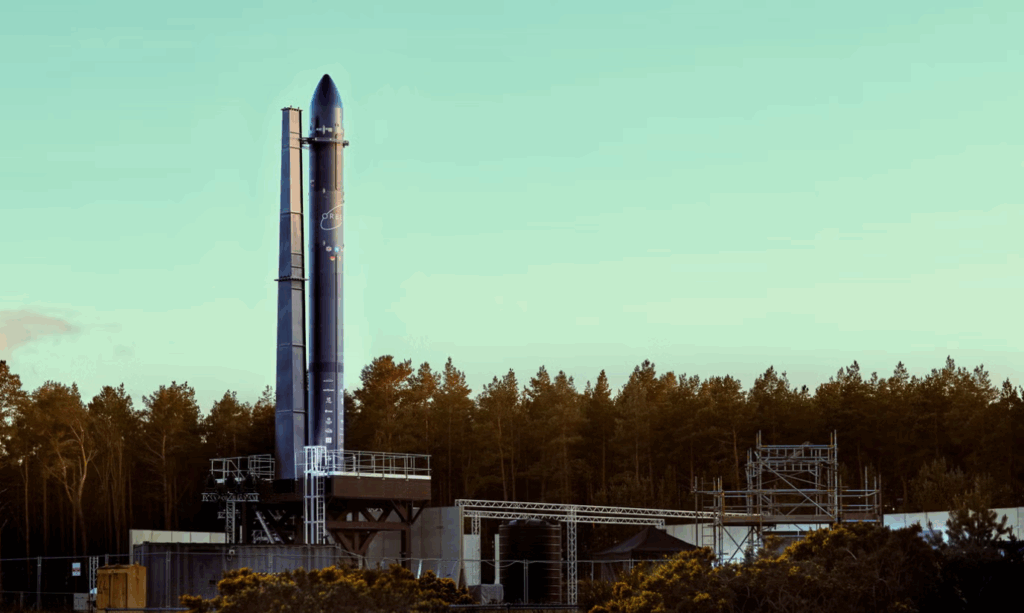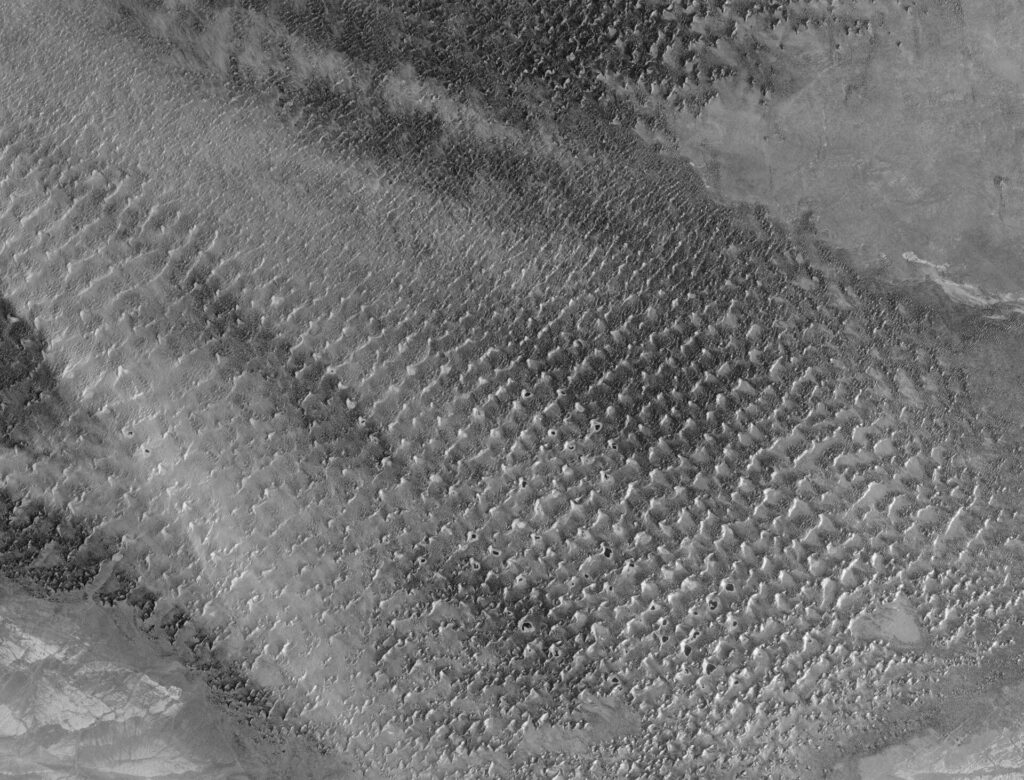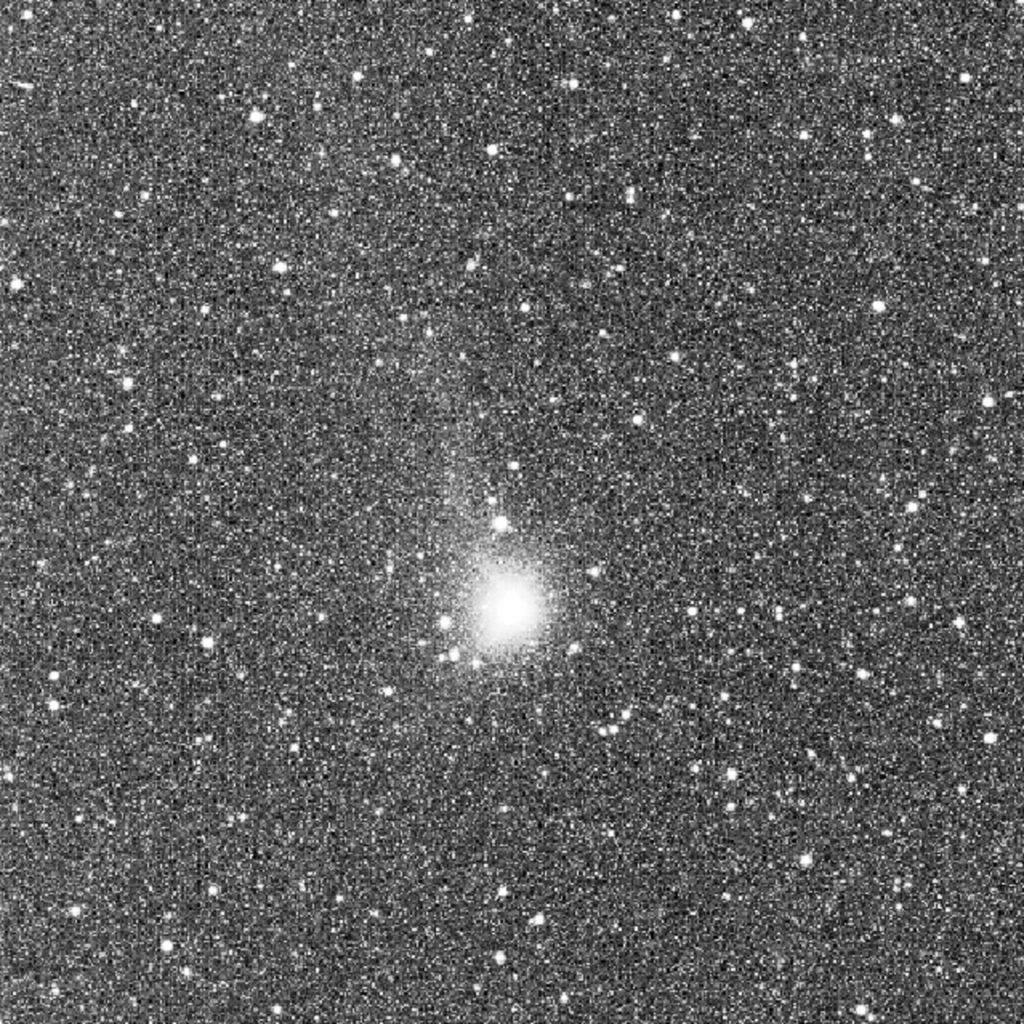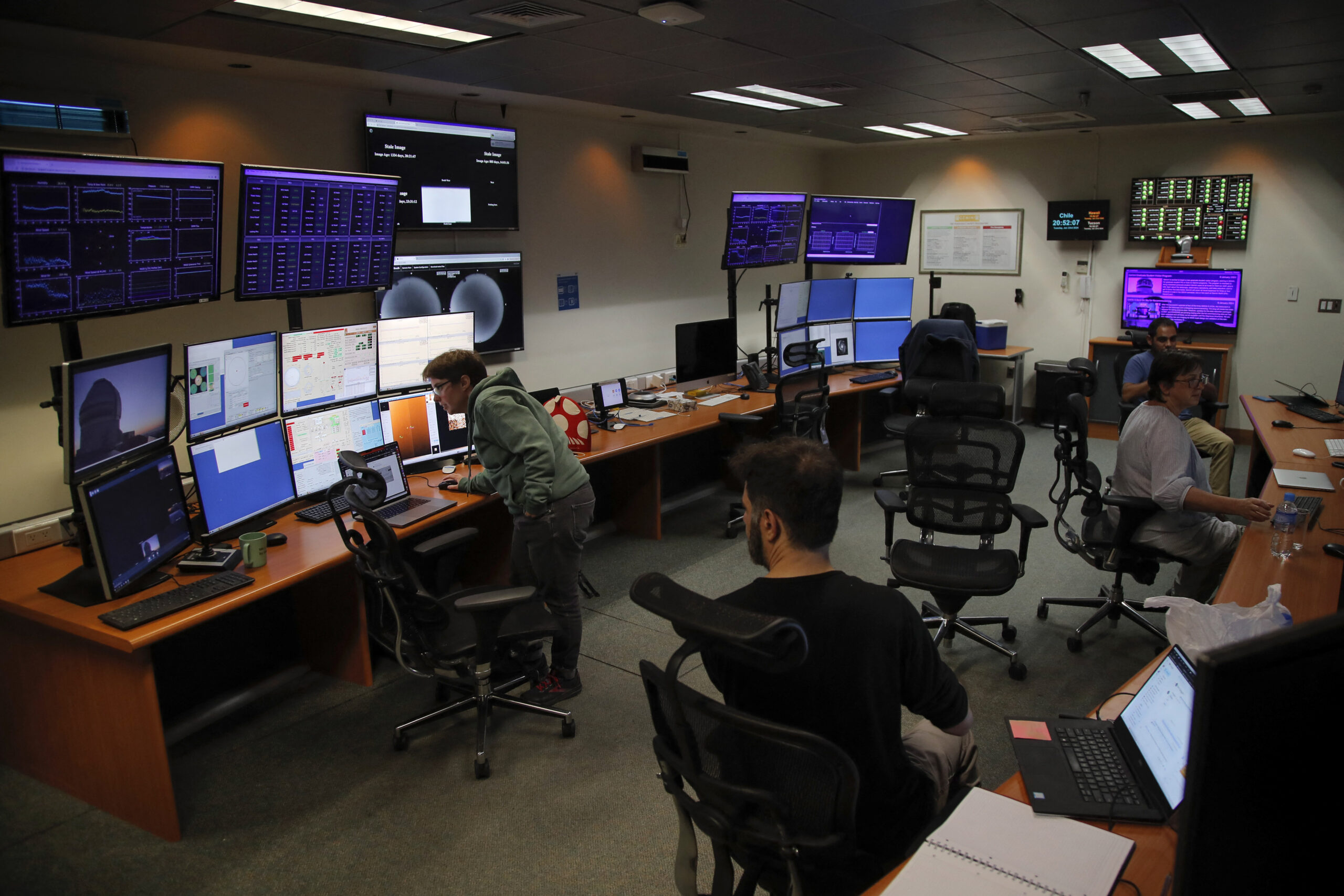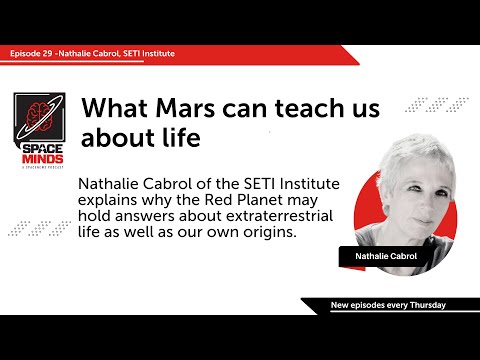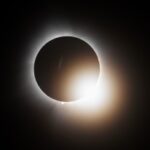Now Reading: New ESA gravity mission to detect weakening ocean conveyor
-
01
New ESA gravity mission to detect weakening ocean conveyor
New ESA gravity mission to detect weakening ocean conveyor
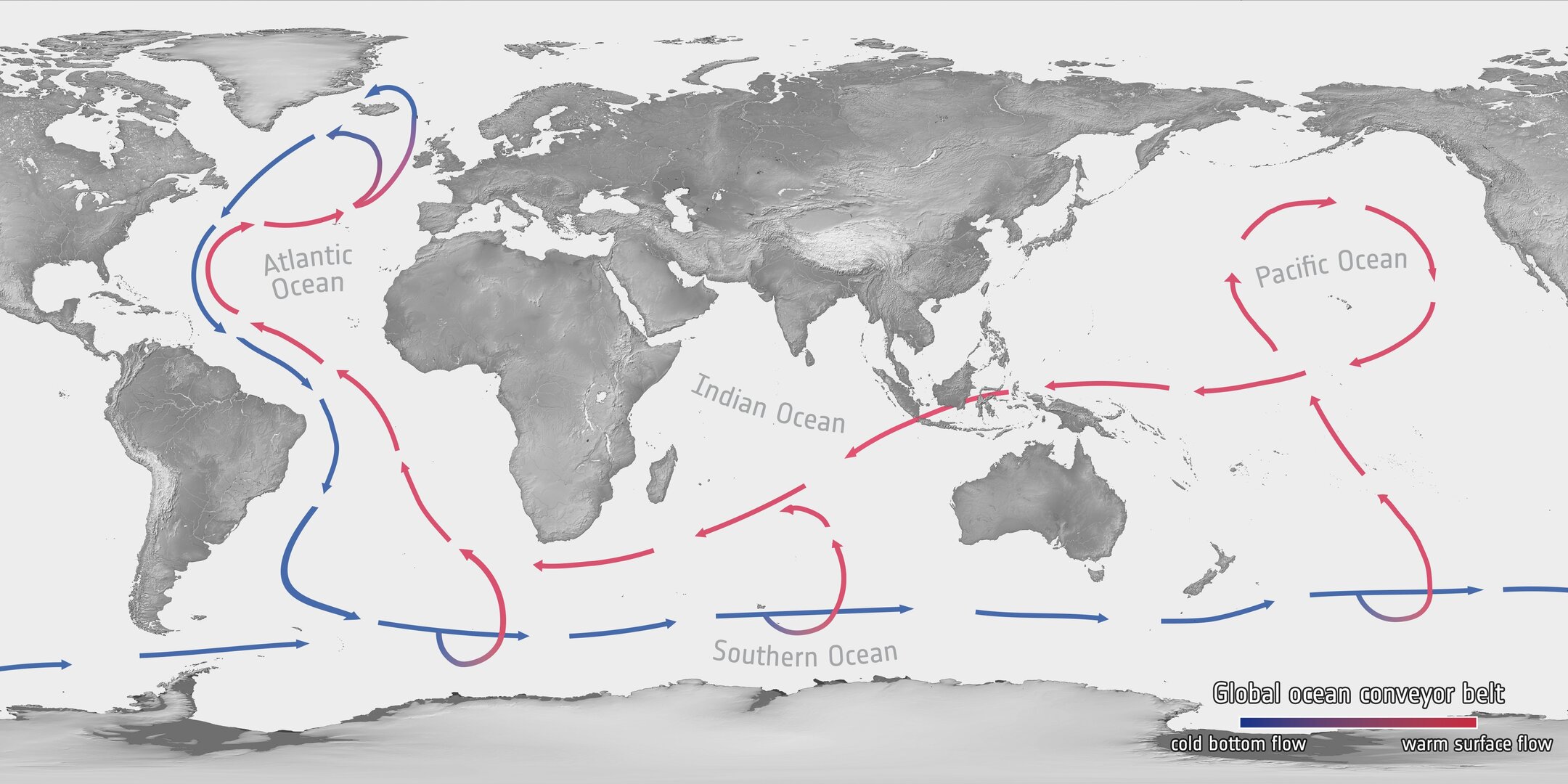

26/06/2025
21 views
0 likes
At the Living Planet Symposium, attendees have been hearing how ESA’s Next Generation Gravity Mission could provide the first opportunity to directly track a vital ocean circulation system that warms our planet – but is now weakening, risking a possible collapse with far-reaching consequences.
The ocean circulation system in question is called the Atlantic Meridional Overturning Circulation (AMOC) – a complex network of currents, including the Gulf Stream, that plays a critical role in regulating Earth’s climate.
The AMOC transports warm water from the Tropics northwards in the upper layers of the Atlantic Ocean. As the water reaches the North Atlantic, it releases heat to the atmosphere, cools, becomes denser and the surface layers sink. This cold, deep water then flows southwards and eventually returns to the surface through wind-driven upwelling in the Southern Ocean and mixing processes.
By moving warm water north and cold water south, the AMOC is a key engine in the global climate system, helping to maintain the planet’s energy balance. At its core, is the formation of North Atlantic Deep Water in the Nordic and Labrador Seas – but it is this process that is now under threat. Rapid warming and freshening from melting ice and increasing freshwater runoff are disrupting this process, putting the AMOC at serious risk.
Recent analysis goes as far as to suggest the AMOC may be nearing a critical tipping point. A collapse could unleash abrupt, global climate upheaval – paradoxically bringing extreme cold to parts of Europe. London, for example, could see temperatures plunge by as much as 7 °C, with devastating impacts on infrastructure, economies and societal stability.
Since 2004, the RAPID project has maintained an array of instruments across the Atlantic at 26°N, from Morocco to Florida, continuously measuring temperature, salinity and current velocities, all the way down from the surface to the seafloor.
These in-situ measurements have revealed that the AMOC has been losing strength since 2010.
However, maintaining the RAPID array is costly, labour-intensive and limited to a single latitude, so scientists are increasingly turning to satellites for broader and more continuous monitoring of the AMOC.
According to theory and numerical models of the ocean, a key satellite-measurable feature of the AMOC is its impact on ocean bottom pressure along the western North Atlantic. In principle, this should allow the AMOC to be monitored from space. However, the signal is narrow and will be hard to detect – this is where ESA’s Next Generation Gravity Mission (NGGM) comes in.
ESA is currently developing two identical NGGM satellites that will form one of the pairs of satellites in the ESA–NASA MAGIC constellation, with the other pair being NASA-DLR’s GRACE-C mission.
Ilias Daras, ESA’s Mission Scientist for NGGM, said, “Our research demonstrates that satellite gravity data, from NGGM in particular, will offer an unprecedented capability to measure differences and changes in ocean bottom pressure between upper and lower continental slopes – which are regions of steeply sloping seafloor that lie between continental shelves and the deep ocean basins.
“Although these signals are small and evolve slowly, advanced data processing techniques will allow us to isolate the AMOC’s signature – demonstrating, for the first time, the potential of future missions like NGGM, and the MAGIC constellation as a whole, to provide reliable, space-based monitoring.
“Thanks to data from NGGM, a reference observing system can be established, which will allow us to better monitor the weakening AMOC, and detect a potential collapse.”
Rory Bingham, from the University of Bristol in the UK, further explained, “Previous studies have already demonstrated that satellite gravimetry has the potential to detect AMOC variability. Building on this work, recent analysis shows that to measure the AMOC accurately, it is crucial to capture ocean bottom pressure signals from both the upper and lower continental slopes and calculate their difference.
However, the lower slope, where the signal is weaker, presents the most difficult challenge. Unlike current gravity missions where the AMOC-related signal is obscured, NGGM and the MAGIC constellation offer a promising new way to track its strength.
“By combining early-warning signs from surface observations confirmed by deeper, dynamically consistent signals, this next generation of satellite missions could significantly improve our ability to detect – and respond to – major climate risks linked to AMOC changes.”
“What’s more, these measurements can be complemented by sea-surface temperature and salinity data from upcoming missions like CIMR, along with existing missions such as SMOS and Copernicus Sentinel-3, to build a more comprehensive picture of the AMOC.
ESA’s Director of Earth Observation Programmes, Simonetta Cheli, said, “This is truly an exciting discovery. NGGM, which we are developing as part of our FutureEO programme, already shows great promise in precisely tracking where Earth’s water is stored and how it moves across the planet. The fact that it can also detect and monitor the weakening of the AMOC adds another powerful capability to its portfolio.
“Subject to the outcomes of ESA’s Council at Ministerial Level later this year, we aim to further progress the development activities of NGGM and the ESA–NASA MAGIC constellation.”
More on MAGIC
The MAGIC constellation is thanks to an ESA–NASA collaboration for future satellite gravity data. The constellation comprises a pair of NASA–German Aerospace Center GRACE-C satellites, which will be launched first, and a pair of NGGM satellites. The MAGIC constellation, which is planned to be fully deployed by 2032, is expected to lead to new scientific discoveries, and new applications and operational services.
Stay Informed With the Latest & Most Important News
Previous Post
Next Post
-
 012024 in Review: Highlights from NASA in Silicon Valley
012024 in Review: Highlights from NASA in Silicon Valley -
 02Panasonic Leica Summilux DG 15mm f/1.7 ASPH review
02Panasonic Leica Summilux DG 15mm f/1.7 ASPH review -
 03How New NASA, India Earth Satellite NISAR Will See Earth
03How New NASA, India Earth Satellite NISAR Will See Earth -
 04And Thus Begins A New Year For Life On Earth
04And Thus Begins A New Year For Life On Earth -
 05Astronomy Activation Ambassadors: A New Era
05Astronomy Activation Ambassadors: A New Era -
06SpaceX launch surge helps set new global launch record in 2024
-
 07From Polymerization-Enabled Folding and Assembly to Chemical Evolution: Key Processes for Emergence of Functional Polymers in the Origin of Life
07From Polymerization-Enabled Folding and Assembly to Chemical Evolution: Key Processes for Emergence of Functional Polymers in the Origin of Life












